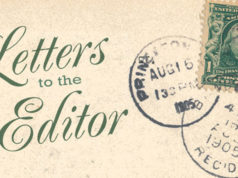In Balochistan 80% of population is scattered in small villages. These villages have remained largely untouched by the advances of the modern age, and largely ignored by the central authorities. Very few resources have been made available to these rural areas with the unfortunate result that education for all is extremely under-funded, and the most seriously affected by this neglect are the women and the girls.
The status of female education in rural Balochistan presents a depressing picture. Although illiteracy in Pakistan as a whole stands at 80% and growing, the literacy rate among rural women in Balochistan is bleaker. It is estimated that less than 5% of rural female in Balochistan are literate. Literate and illiterate traditions assign the women certain responsibilities such as bound by cultural constraints and prejudices and they are involved in cooking food, cleaning the house, child-bearing and rearing almost in day the women’s of Rural area are working 15-18 hours in a day and all other domestic support needed by her husband and other family members. The benefits of education for girls in rural Balochistan have only recently being recognized.
According to Baloch Students Action Committee (BSAC), there are many union councils even in Balochistan’s those districts that are near Quetta, like Mastung, Kalat and Nushki do not have schools, colleges for girls. So, if it is the condition of Balochistan’s urban areas, then what about the rural areas of Balochistan.
It’s suggested that Pakistan Army should expand its education network in the province. Army-run schools are providing better educational facilities in the most backward tribal areas of Marri, but the military should also set up schools in other parts of the province where non-Baloch teaching staff is not willing to serve.
Dr. Shah Faisal Hassni – Surab
Share your comments!







